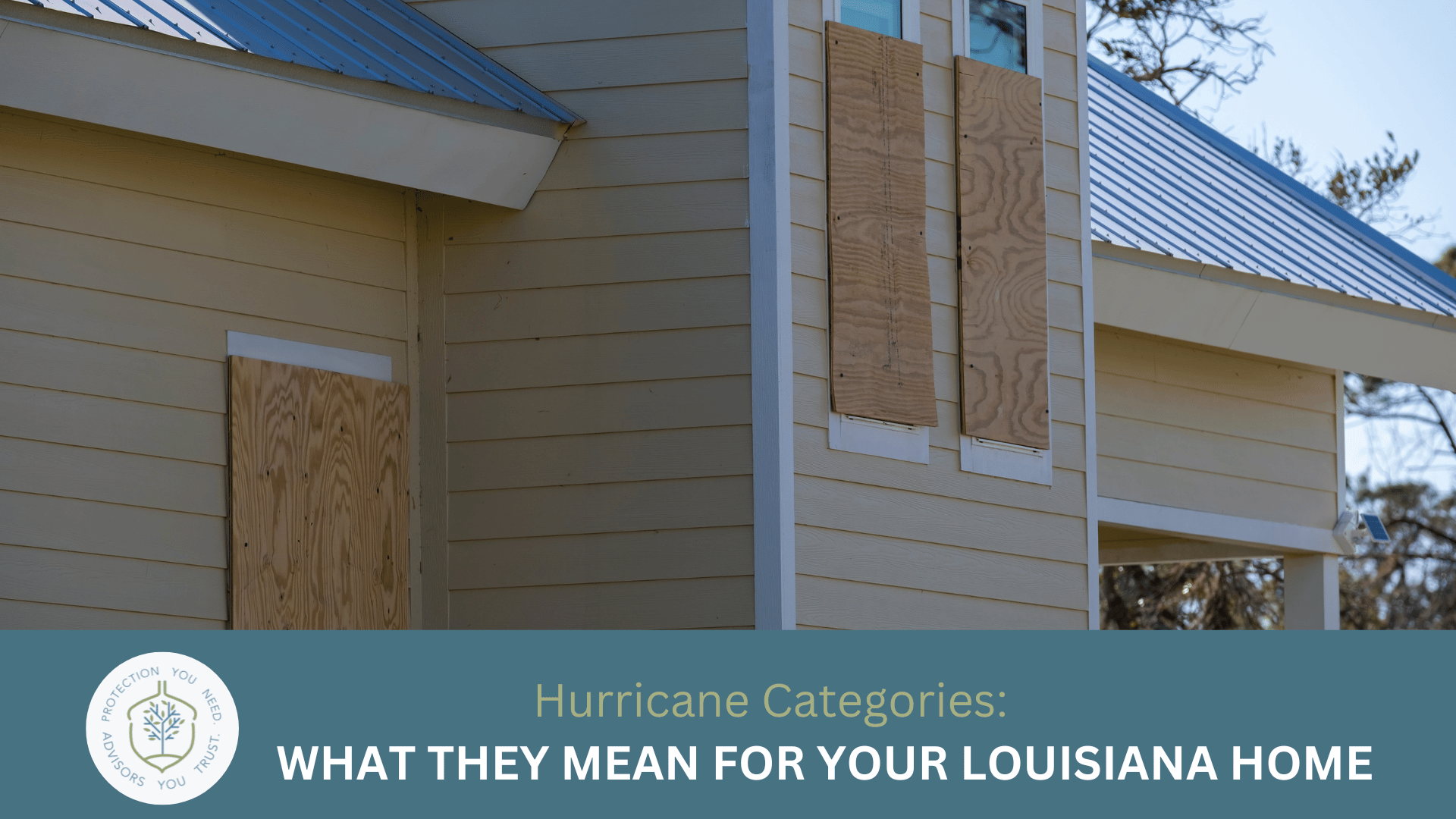Each year from June 1 to November 30, Louisiana faces the threat of hurricanes and their potential for widespread destruction.
To effectively prepare your home for these powerful storms, it’s essential to understand the Saffir-Simpson Hurricane Wind Scale.
This scale provides critical information about a hurricane’s intensity and potential impact, helping residents make informed decisions during the hurricane season.
The Saffir-Simpson Hurricane Wind Scale
The Saffir-Simpson Hurricane Wind Scale categorizes hurricanes based on their wind speeds.
It has five categories, with Category 1 being the weakest and Category 5 the most powerful.
- Category 1: Winds 74-95 mph
- Category 2: Winds 96-110 mph
- Category 3: Winds 111-129 mph
- Category 4: Winds 130-156 mph
- Category 5: Winds 157 mph or higher
Categories 3, 4, and 5 are considered ‘major’ hurricanes due to their potential for severe damage.
Remember, these categories only measure wind speeds. They don’t account for storm surge, rainfall, or the size of the storm.
But knowing the category can help you understand how strong a hurricane might be and what kind of damage it could do to your Louisiana home.
Potential Damage to Homes by Hurricane Category
Now that we know what the categories are, let’s talk about what they could mean for your Louisiana home:
Category 1
- Roof Damage: Some shingles may be torn off, especially on older roofs.
- Exterior Damage: Gutters may be loosened or dented, and vinyl siding could be damaged.
- Trees: Shallow-rooted trees may topple, potentially damaging property.
- Power: Outages are common, typically lasting a few hours to a day.
Category 2
- Roof Damage: More extensive shingle loss. Some roof uplift is possible on poorly attached roofs.
- Exterior Damage: Windows may break from flying debris. Doors could be damaged.
- Trees: Many shallow-rooted trees will fall, blocking roads and damaging power lines.
- Power: Outages often last several days.
Category 3
- Roof Damage: Major damage likely, including loss of roof decking and gable ends.
- Exterior Damage: Some structural damage to small residences. Mobile homes destroyed.
- Trees: Most trees will be snapped or uprooted, blocking numerous roads.
- Utilities: Electricity and water will often be unavailable for several days to weeks after the storm.
Category 4
- Structural Damage: Well-built homes can sustain severe damage, including the loss of most of the roof structure and some exterior walls.
- Small Structures: Completely destroyed.
- Trees and Power: Nearly all trees will be snapped or uprooted. Most power poles downed.
- Habitability: Large areas will be uninhabitable for weeks or months.
Category 5
- Structural Damage: A high percentage of framed homes will be destroyed, with total roof failure and wall collapse.
- Landscape: Nearly all trees will be uprooted or snapped, isolating residential areas.
- Power: Long-term outages that could last months.
- Habitability: Most of the area will be uninhabitable for weeks or months.
During hurricane season, always listen to local authorities, no matter what category the storm is. Being prepared is your best defense.
Read Also: Hurricane Safety For You and Your Loved Ones, Pets too!
Understanding Homeowners Insurance Coverage During Hurricane Season
When hurricane season rolls around, your homeowners insurance in Louisiana becomes a key player in safeguarding your property. Let’s break down how it works:
What’s Usually Covered?
Home Damage
If a hurricane wreaks havoc on your house, the dwelling coverage portion of your insurance policy can help pay for repairs or rebuilding.
Just keep in mind that there are limits to this coverage, and you may have to pay a deductible before insurance starts covering the costs.
Personal Belongings
Next up is personal property protection. This part of your policy is designed to help replace your belongings if they’re damaged or destroyed by a covered event. This can include things such as your furniture, clothing, and electronics.
However, there are usually limits on this coverage too, so it’s wise to assess the value of your possessions and make sure you have enough protection.
Temporary Living
Now, what happens if your home becomes unlivable due to hurricane damage? Loss of use coverage of your policy can help cover additional living expenses, like hotel stays and meals, while you’re unable to live in your home during repairs. Just be sure to keep all your receipts related to these expenses for reimbursement.
It’s wise to review your policy with your insurance agent. They can explain your specific coverages, limits, and exclusions.
Read Also: Is Your Home Ready for Hurricane Season?
Staying Safe This Hurricane Season
We’ve covered the basics of hurricane categories and how they can impact your Louisiana home. Remember, different hurricane strengths mean different risks to your property.
If you’re not sure if you’re fully protected this hurricane season, we can help. Our team at TSL Insurance Group offers free consultations on homeowners insurance in Louisiana.
With offices in Lafayette, Abbeville, Baton Rouge, Franklin, and Lutcher, we’re here to make sure you’re ready for hurricane season.
Don’t wait for the storm warnings. Get informed, get prepared, and stay safe.
Source:


Recent Comments